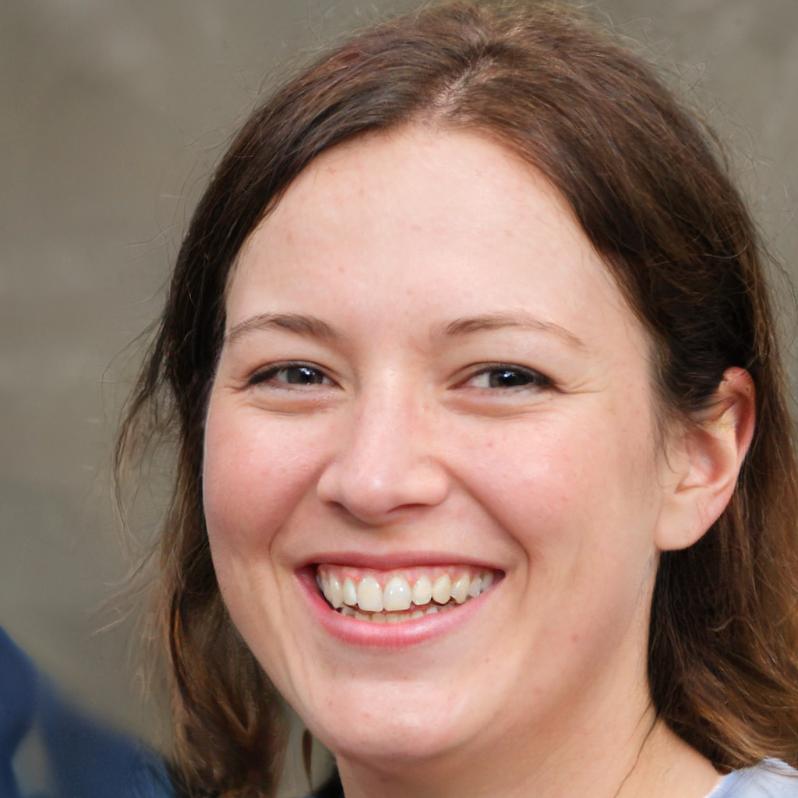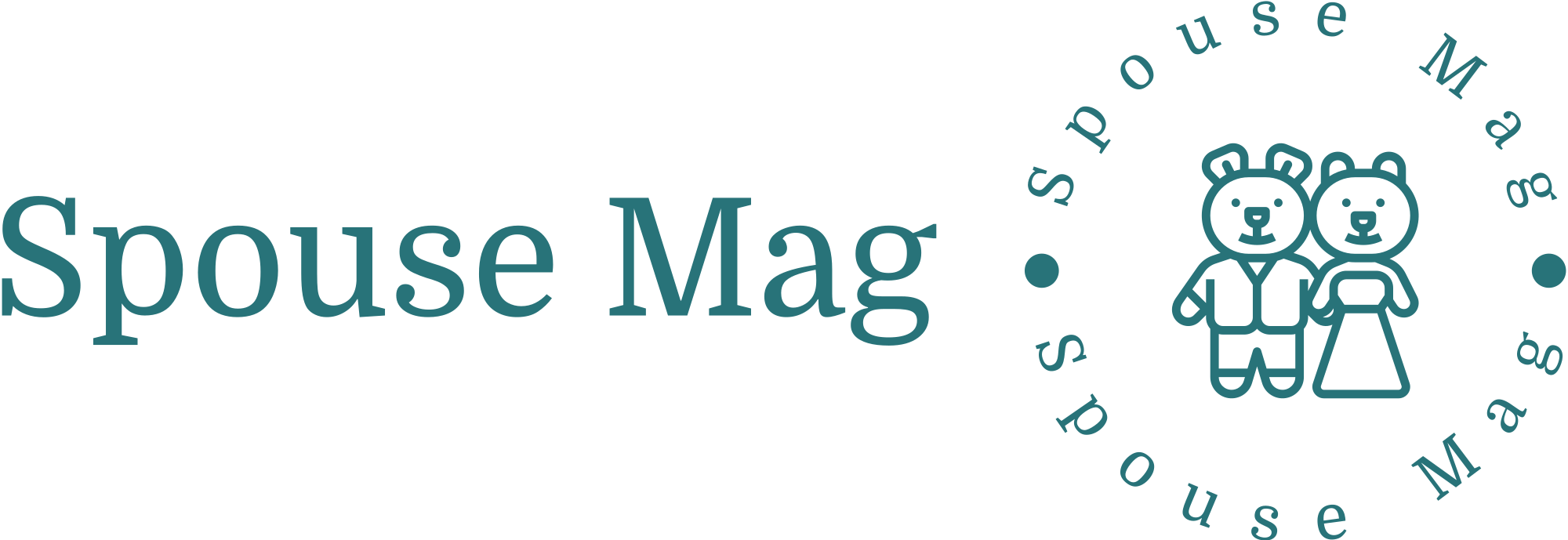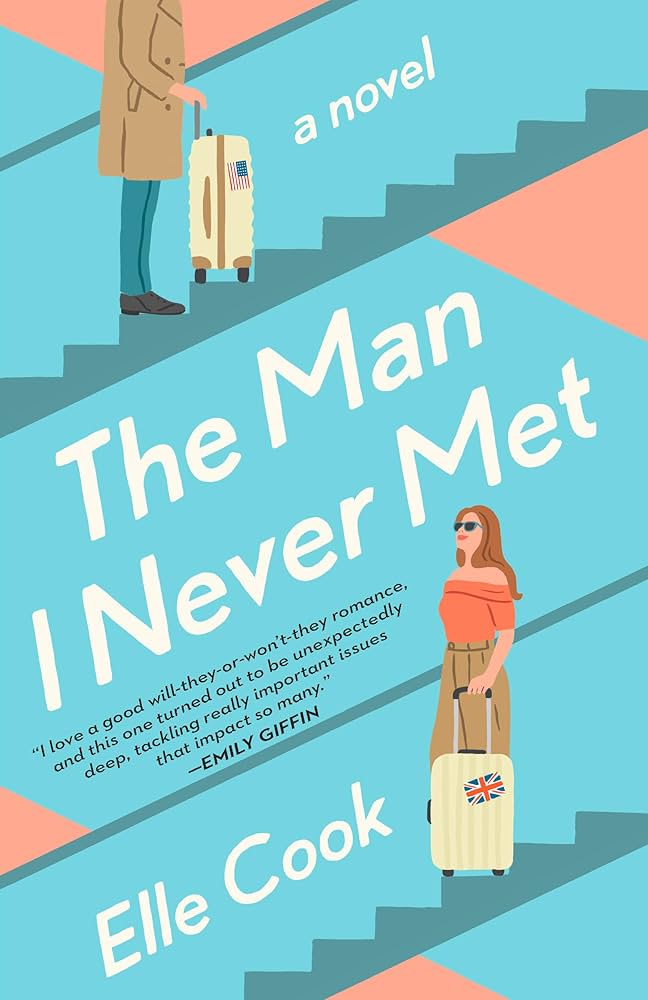
Tanuja Desai Hidier’s Born Confused is a captivating coming-of-age tale that explores the complexities of identity, cultural expectations, and friendship.
The story follows Dimple, a young Indian-American navigating the unfamiliar waters of American culture. Caught between her Eastern heritage and Western aspirations, Dimple wrestles with the conflicting expectations placed upon her. Through her journey, we witness the challenges of balancing tradition with personal desires, the complexities of friendship, and the importance of self-discovery.
As a relationship expert, I found the novel incredibly relatable and insightful.
Get your hands on this book now!
Clash Between Eastern and Western Values
Dimple Lala struggles with the clash between her traditional Indian upbringing and the modern American lifestyle she encounters. Her parents expect her to adhere to Indian customs and values, while she is also exposed to the American way of life through school and social interactions.
This conflict is vividly portrayed through Dimple’s interactions with her family and her experiences at school, where she often feels like an outsider caught between two worlds.
I remember working with a young woman who felt torn between her parents’ traditional values and the desire to fit in with her Western peers. It’s a delicate balancing act that is rewarding and exhausting.
Critique: A Shallow Look at Cultural Differences
While the novel effectively portrays the challenges of navigating cultural differences, it oversimplifies the complexities of both Eastern and Western cultures. Both cultures are diverse and multifaceted, and reducing them to stereotypes is misleading.
The Pressure to Conform
Dimple is constantly under pressure to conform to her parents’ traditional expectations—whether it’s about her future, behavior, or relationships. She worries about disappointing her parents and fitting in with her peers.
The novel captures this tension effectively, showing how difficult it is for a young person to develop their path when they feel obligated to meet the expectations of their family and community.
It took me back to when I felt constrained by what others thought was best for me, similar to how Dimple felt. It’s a universal struggle many face, and seeing it depicted authentically was validating and thought-provoking.
Critique: Limited Exploration of Negotiation and Compromise
Although the novel effectively portrays the weight of familial and societal expectations, it could have offered more insights into the potential for negotiation and compromise. In my experience, finding a balance between meeting expectations and pursuing personal goals often involves difficult conversations and gradual adjustments, which the book doesn’t explore in depth.
The Complexities of Friendship
The novel portrays the complexity of Dimple’s friendship with Gwen, which becomes strained as they grow older and their lives diverge. The tension between them highlights how friendships change and evolve, especially during adolescence. Dimple feels the growing distance and conflicting interests between herself and Gwen, leading to feelings of betrayal and loss.
Reading about the tension between Dimple and Gwen took me back to my high school days when my best friend and I drifted apart. We had always been inseparable, but as we grew older, our interests and values began to diverge.
Critique: Overlooked Depth in Gwen’s Character and Complex Friendships
As much as I related to Dimple’s experience, I longed for a deeper exploration of Gwen’s character. In real life, friendships don’t just dissolve because of differences—there’s often more nuance involved, like unresolved tensions and misunderstandings. I would have liked to see more exploration of how these elements contribute to the breakdown of their bond, providing a fuller picture of the complexities involved.
The Impact of Betrayal
Dimple experiences betrayal from someone she trusts, which affects her sense of self and outlook on relationships. The novel portrays her hurt and confusion, showing how betrayals can impact one’s self-esteem and perception of others.
The emotional fallout from such an experience is profound, and I could relate to the way the novel captured Dimple’s feelings of shock and hurt.
Critique: Overlooked the Recovery Process After Betrayal
Although the novel captures the pain of betrayal, I felt it could have explored the recovery process more thoroughly. From my experience, dealing with betrayal involves not just immediate hurt but also a long journey of healing and reassessing one’s boundaries. A deeper exploration of Dimple’s recovery process could have provided a more complete picture of how such experiences shape one’s approach to relationships and trust.

Art as a Form of Self-Discovery
Dimple’s passion for photography is not just a hobby; it’s a vital part of how she makes sense of the world and her place in it. Through her art, Dimple begins to explore and express her identity in ways that words often fail to capture. This theme adds depth to the novel, highlighting the importance of creative expression in self-discovery.
Critique: Overly Idealized Artistic Journey
The novel beautifully portrays art as a means of self-discovery, but I feel Dimple’s artistic journey is somewhat idealized. While her photography is depicted as a path to enlightenment, the novel doesn’t fully explore the challenges that come with pursuing art—such as self-doubt, failure, and the difficulty of making a career out of a passion.
The Influence of Family Expectations
Dimple’s parents have strong expectations for her future, and these expectations play a significant role in shaping her decisions and actions throughout the novel. The story explores the tension between Dimple’s desire to honor her parents and her need to follow her path.
I’ve worked with many young people who have struggled to balance their parents’ desires with their aspirations. It’s important to remember that while family support can be invaluable, it’s also essential to prioritize your happiness and well-being.
Critique: A One-Sided View of Family Expectations
While the portrayal of family expectations is well-done, the novel could benefit from a more balanced perspective. While it’s important to acknowledge the pressures placed on young people by their families, it’s also important to recognize the love and support that families provide.
Conclusion
Born Confused by Tanuja Desai Hidier is a heartfelt story about Dimple Lala’s journey to balance her Indian heritage with her American life. The novel captures Dimple’s quest for self-discovery through her passion for photography and her efforts to embrace her individuality.
While the book does a great job highlighting these themes, it sometimes simplifies the complexities of cultural and personal challenges. Real-life experiences are messier than what’s portrayed. Overall, Born Confused offers an engaging look at growing up and finding one’s place in the world.
Why Should You Read Born Confused?
Here are some reasons why you should consider reading this novel:
- If you’ve ever struggled with identity, friendship, and cultural expectations, Born Confused will resonate with you.
- Dimple is a relatable and sympathetic protagonist who will stay with you long after you finish the book.
- The novel explores important themes like self-discovery, belonging, and the complexities of family relationships.
- Tanuja Desai Hidier’s writing is both lyrical and insightful, making the novel a pleasure to read.
Reader’s Thoughts About Born Confused
Here are some reviews from Goodreads readers about Born Confused.
Mary, Student: “As a teenager, I found ‘Born Confused’ incredibly relatable. Dimple’s struggles with identity and cultural expectations felt authentic.”
Sarah Lee, Librarian: “A must-read for anyone who’s ever felt lost or confused about their place in the world.”
Raj Sharma, Software Engineer: “Captures the essence of cultural expectations well. However, the portrayal sometimes lacks depth and realism.”
How Long Will It Take to Read Born Confused?
Born Confused by Tanuja Desai Hidier has a total of 352 pages.
- If you read at a pace of about 30 pages per hour, it would take approximately 12 hours to read from start to finish.
- For a more relaxed pace, reading about 20 pages per hour would take around 17 hours.

As a married wife, founder, and editor of SpouseMag.com – these guides are based on my own personal experiences, observations, research and insights. I am transparent about being inspired by the life and work of the two greatest experts in the relationship space – Dr. John and Julia Gottman, and Harville and Helen. They two are some of the strongest couples, researchers, authors, and counselors when it comes to marriage and relationships. My advice and guides are based on my insights and research, and they are not an alternative to professional advice.





